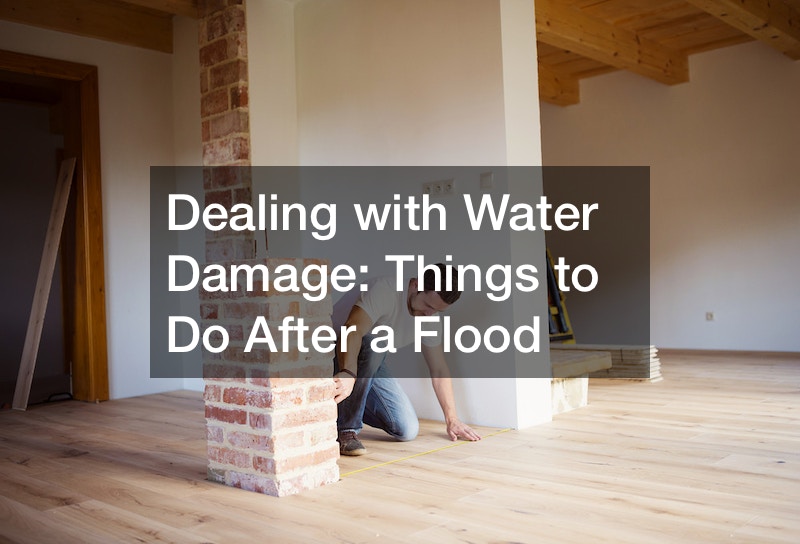After a flood or water damage incident, prompt action is critical. Ensuring proper procedures can significantly impact insurance claims and the restoration process. Here are essential steps to take post-flooding.
Immediate Reporting: Contact your insurance provider promptly, describing the incident as recent and sudden to align with potential coverage. Avoid specific details like flow rates or durations.
Safety First: Prioritize safety. Turn off electricity and avoid contact with standing water, as it may contain harmful substances.
Documentation: Take photos or videos of the damage before beginning any cleanup. This evidence can assist in the insurance claim process.
Mitigation: Start removing water and drying affected areas. Use fans, dehumidifiers, and open windows for ventilation. Quick action prevents mold growth.
Prevent Further Damage: Move valuable or wet items to a dry, safe place. Remove waterlogged carpets or furniture to prevent structural damage.
Professional Assistance: Consider hiring water damage restoration experts. They possess the necessary equipment and expertise to handle the situation effectively.
Mind Your Words: When discussing the incident with insurers or professionals, focus on terms like “recent,” “abrupt,” or “significant” rather than specific details about the flow or volume of water.
Be Cautious with Claims: Avoid excessive details about the incident to prevent potential claim denials based on interpreted language nuances.
Addressing the immediate aftermath strategically can expedite the insurance process and minimize the impact on your property. Engaging professional water damage restoration services ensures thorough cleanup and restoration, safeguarding against potential long-term repercussions.
.


